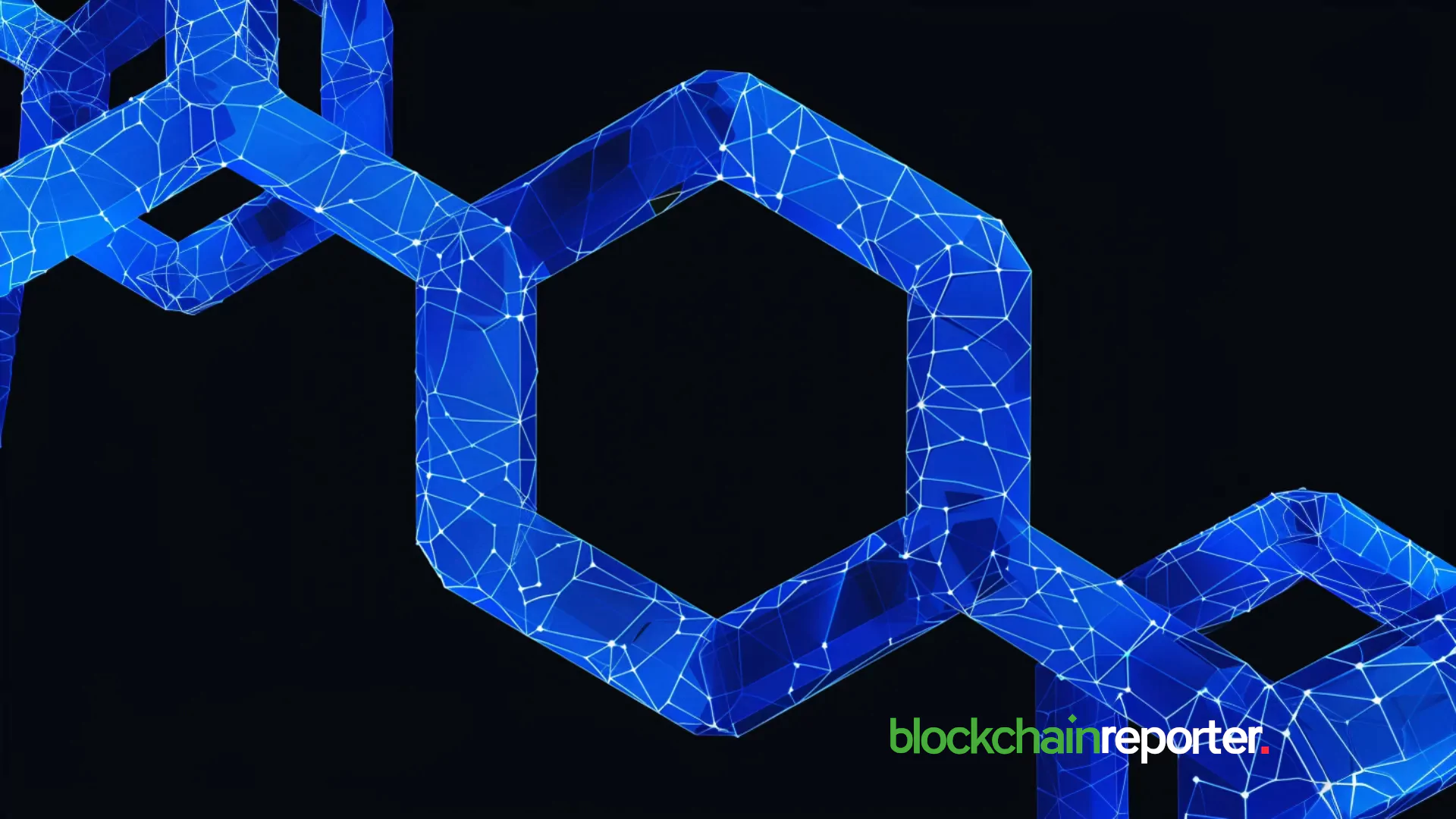
Introduction
Entity Framework (EF) Core is a powerful object-relational mapping (ORM)
framework that helps developers create and maintain data-oriented applications
easily. It bridges the gap between the application and the database, allowing
developers to interact with data as objects without dealing with the
complexities of the underlying database. This blog will explore the top 15
entity framework core interview questions, providing insights and answers to
help you master this technology.
1. What is Entity Framework Core?
Entity Framework
Core is a lightweight, extensible, and cross-platform version of the Entity
Framework, primarily used for developing data-access applications. It is an
ORM framework that allows developers to work with a database using .NET
objects, eliminating the need to write most of the data-access code.
2. What are the main features of Entity Framework Core?
EF Core offers several features that make it a popular choice among
developers:
- Cross-Platform: Works on Windows, Linux, and macOS.
- Modeling: Supports complex data models.
- Querying: Allows querying data using LINQ.
-
Change Tracking: Tracks changes to objects and saves them to the
database. - Migrations: Provides tools to evolve your database schema.
- Concurrency: Handles concurrency conflicts.
- Caching: Improves performance with caching.
3. What are the three core components of the Entity Data Model?
The three main components of the Entity Data Model are:
- Conceptual Model: Defines the entities and their relationships.
- Mapping Model: Maps the conceptual model to the storage model.
-
Storage Model: Represents the database schema, including tables,
keys, and relationships.
4. Explain the purpose of the mapping model.
The mapping model, also known as the Mapping Schema Definition Language (MSDL)
layer, includes information about how the conceptual model maps to the storage
model. It maps business objects and their relationships to database tables and
relationships, ensuring the correct translation between the object-oriented
and relational worlds.
5. What is meant by migration in Entity Framework Core?
Migration in EF Core refers to updating the database schema to match changes
made to the data model. EF Core provides two types of migration:
-
Automated Migration: Automatically updates the database schema based
on model changes. -
Code-Based Migration: Allows developers to write code to define the
database schema changes.
6. How can you handle database concurrency in EF Core?
Database concurrency occurs when multiple users try to access and modify the
same data simultaneously. EF Core handles concurrency using optimistic
concurrency control. Developers can implement this by adding a concurrency
token to the model and handling concurrency conflicts in the application code.
7. What are DbSet and DbContext?
-
DbSet: This represents a collection of entities of a specific type in
the context and allows CRUD operations on entities. -
DbContext: A class that manages the database connection and
operations. It serves as a bridge between the database and the application.
8. What are the different types of loading available in EF Core?
EF Core supports three types of loading for related entities:
- Lazy Loading: Loads related entities on-demand when accessed.
-
Eager Loading: Loads related entities and the main entity in a single
query. -
Explicit Loading: Loads related entities explicitly through a method
call.
9. What is meant by optimistic locking in EF Core?
Optimistic locking is a concurrency control mechanism in which a version
number, timestamp, or other concurrency token detects conflicts. When updating
a record, EF Core checks if the concurrency token’s original value matches the
database’s current value. If they don’t match, a concurrency conflict occurs.
10. What is the purpose of the .edmx file in EF?
The .edmx file in EF Core (applicable to EF 6) contains the conceptual,
storage, and mapping models in a single XML file. It allows developers to
design the data model visually and generates classes and mappings for
interaction within the application.
11. How can the performance of Entity Framework Core be increased?
To enhance the performance of EF Core:
- Avoid loading unnecessary data.
- Use eager loading to minimize database queries.
- Optimize and debug LINQ queries.
- Use compiled queries.
- Avoid complex queries in loops.
- Use asynchronous operations for I/O-bound tasks.
12. What are POCO classes in Entity Framework Core?
POCO (Plain Old CLR Objects) classes are simple classes that do not depend on
any EF-specific base class or attributes. They define entities independently
of the ORM framework, promoting clean and maintainable code.
13. Explain the difference between Code First, Model First, and Database First
approaches.
-
Code First: Developers define the data model using C# classes, and EF Core
generates the database schema. -
Model First: Developers design the data model visually, and EF Core
generates the C# classes and database schema. -
Database First: EF Core generates C# classes based on an existing database
schema.
Also Read
Mastering Entity Framework Core involves understanding its features,
components, and best practices. By preparing for these interview questions,
you can gain a deeper insight into EF Core, making you a more proficient
developer and increasing your chances of acing your next technical interview.









Leave a Comment